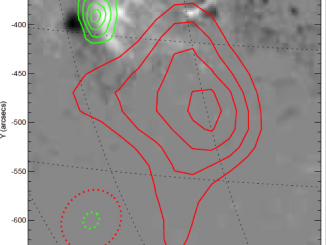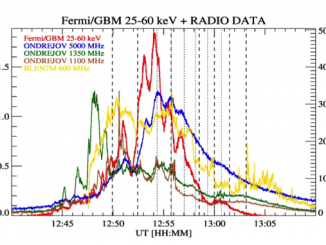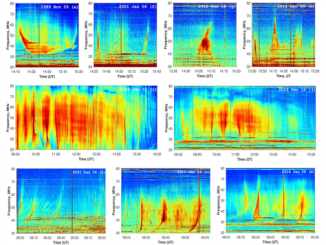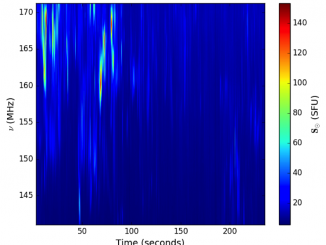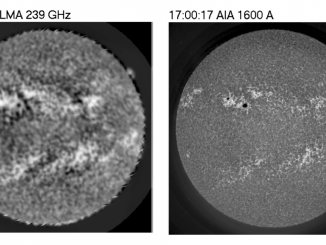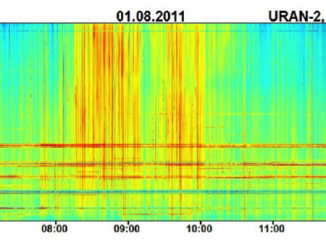Exploring the potential of microwave diagnostics in SEP forecasting
by P. Zucca et al.*
Solar energetic particles (SEPs), especially protons and heavy ions, may be a space-weather hazard when they impact spacecraft and the terrestrial atmosphere. Forecasting schemes have been developed, which use earlier signatures of particle acceleration to predict the arrival of solar protons and ions in the space environment of the Earth. The UMASEP (University of MAlaga Solar particle Event Predictor) scheme (Núñez 2011), forecasts the occurrence and the importance of an […]



